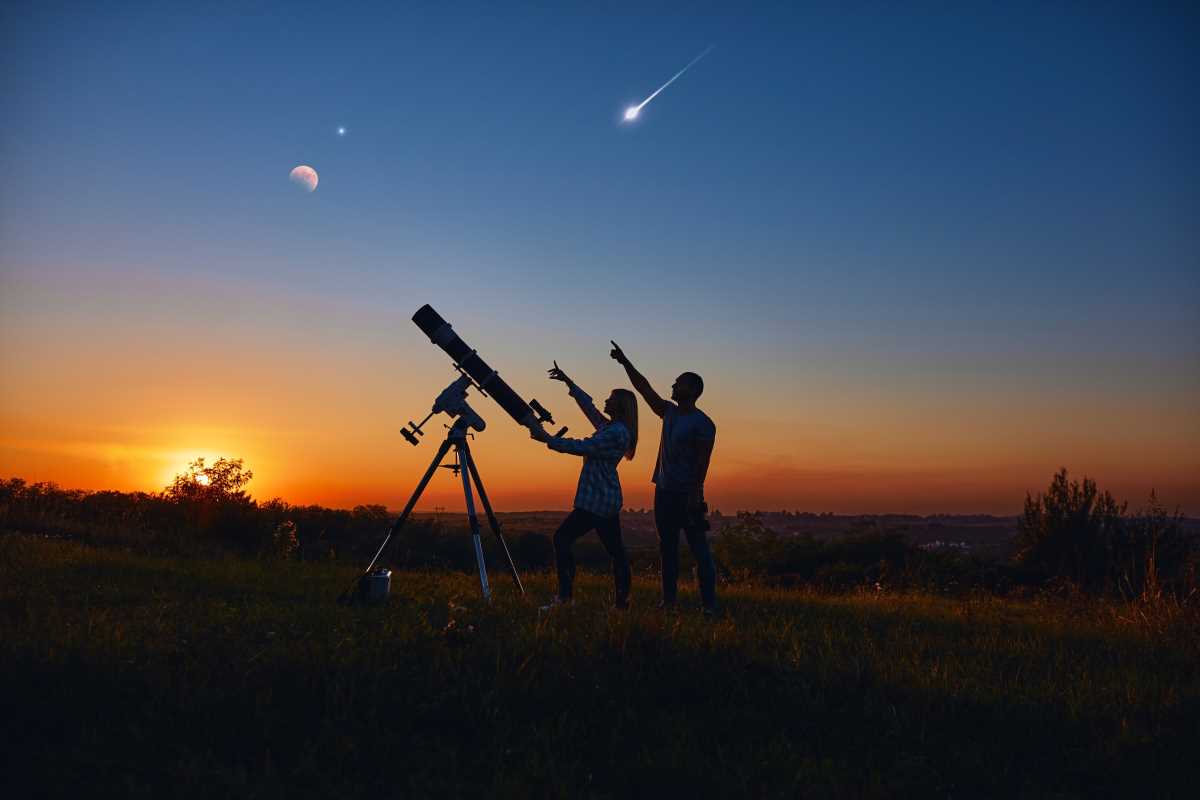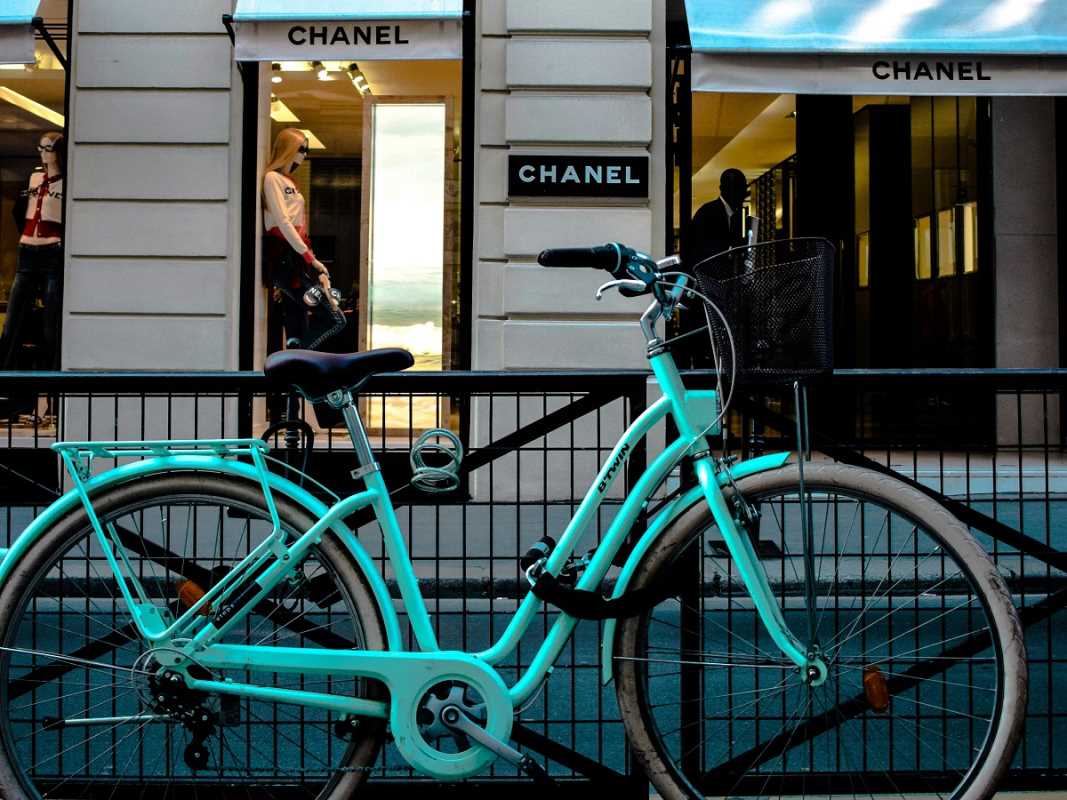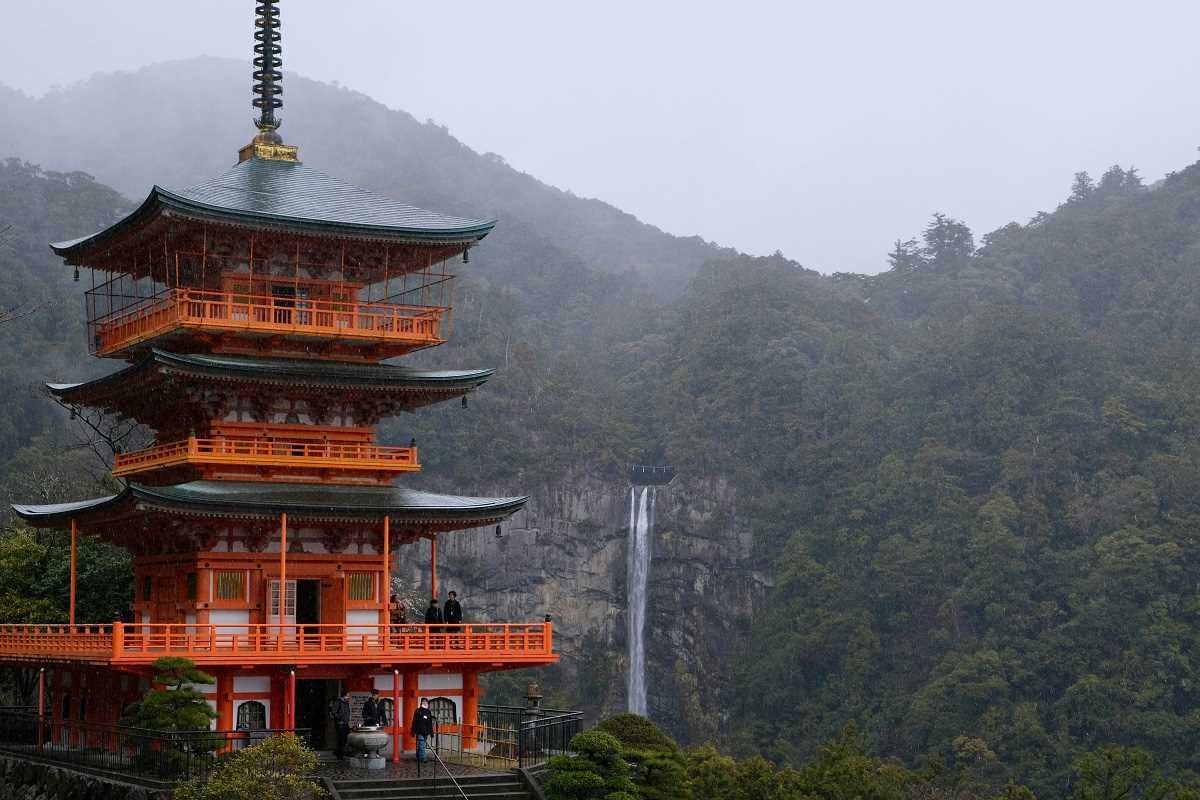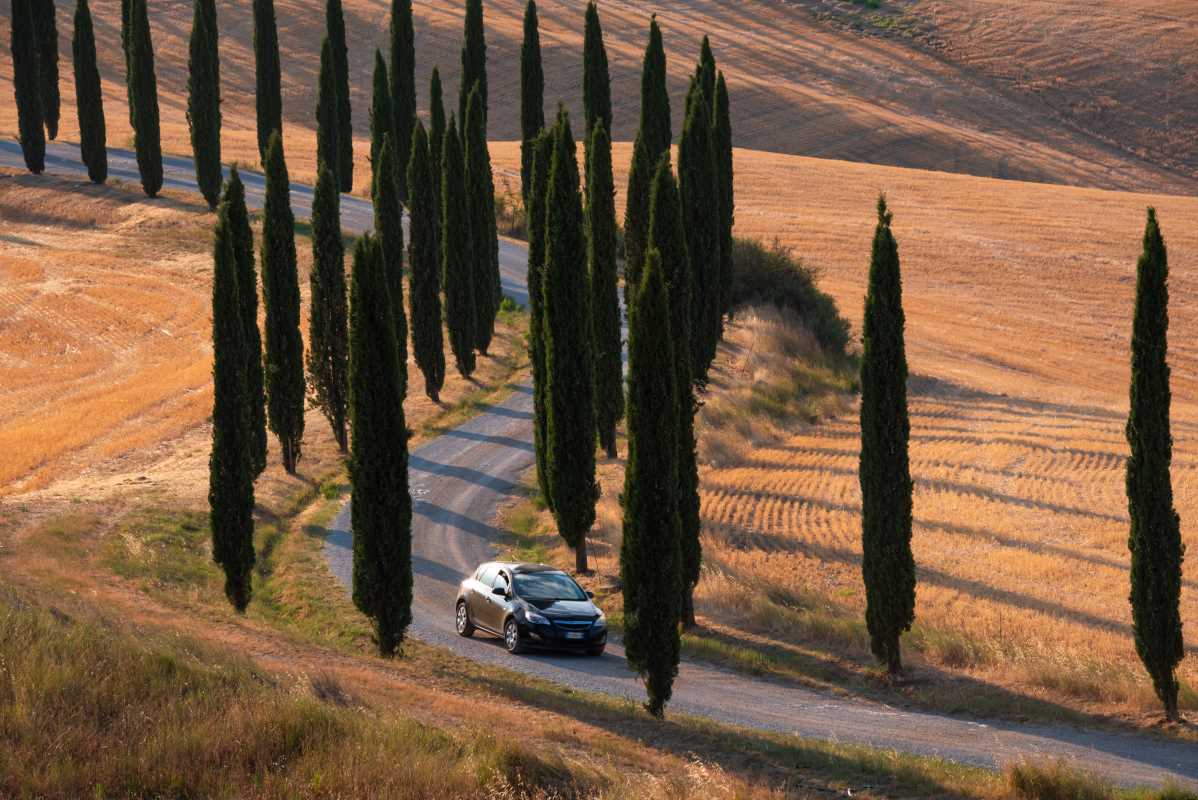When the temperature drops and snow begins to fall, many parts of the world come alive with vibrant celebrations. Far from being a time to hibernate, winter offers a unique chance to experience some of the most magical and breathtaking festivals on the planet. From towering ice sculptures to fiery parades, these events showcase culture, tradition, and a whole lot of fun. If you're a traveler looking for an unforgettable adventure, bundling up for one of these winter festivals is an absolute must.
Harbin International Ice and Snow Festival, China
Imagine a city built entirely of ice. That’s exactly what you’ll find at the Harbin International Ice and Snow Festival in China. Held annually in the northeastern city of Harbin, this festival is the largest of its kind in the world. It officially begins in early January and often lasts until late February, depending on the weather. The sheer scale of this event is hard to comprehend until you see it for yourself.
What makes it so special? Artists and engineers from around the globe gather to create massive sculptures from blocks of ice harvested from the nearby Songhua River. These aren't just simple statues; they are life-sized castles, pagodas, and famous landmarks that you can walk through and explore. At night, the entire ice city is illuminated with colorful LED lights, transforming it into a surreal, glowing wonderland.
Cultural Insight: The festival's roots trace back to a simple tradition of local ice lantern-making. Fishermen would freeze water in buckets, place a candle inside, and use the frozen lantern to light their way during the dark winter months. This humble practice evolved into the grand spectacle we see today.
Practical Tips: Harbin gets incredibly cold, with temperatures often dropping far below freezing. Layering is key. Wear thermal underwear, fleece, a down jacket, a warm hat, gloves, and insulated, waterproof boots. You can also buy heat packs at local convenience stores to keep your hands and feet warm.
Sapporo Snow Festival, Japan
For one week every February, the city of Sapporo on Japan's northern island of Hokkaido transforms into a winter dreamscape. The Sapporo Snow Festival attracts millions of visitors who come to admire hundreds of stunning snow and ice sculptures. The festival is spread across three main sites: Odori Park, Susukino, and Tsudome.
The Odori Park site is the main attraction, featuring enormous snow sculptures that can be several stories high. These creations often depict intricate scenes from mythology, pop culture, or famous architectural wonders. The level of detail is astounding. The Susukino site, located in the city’s entertainment district, showcases intricate ice carvings that are lit up beautifully at night. For more hands-on fun, the Tsudome site is a family-friendly paradise with massive snow slides and snow-rafting activities.
Fun Fact: The festival started in 1950 when a few high school students built six snow statues in Odori Park. Unexpectedly, their creations drew a large crowd, and a new tradition was born. Today, it’s an international competition that draws the best snow sculptors from around the world.
Practical Tips: Sapporo is a major city, so book your accommodation well in advance as hotels fill up quickly. The city has an excellent subway system, making it easy to get between the festival sites. Be sure to try some local Hokkaido ramen to warm up after a day in the cold!
Quebec Winter Carnival (Carnaval de Québec), Canada
Bienvenue au Carnaval! The Quebec Winter Carnival is one of the oldest and most famous winter festivals in the world, celebrating French-Canadian culture and the joys of winter. Held in Quebec City for two weeks in late January and early February, this carnival is a massive party presided over by its cheerful ambassador, Bonhomme Carnaval, a giant, smiling snowman.
The festival is packed with activities for all ages. You can watch the thrilling canoe race across the semi-frozen St. Lawrence River, admire the intricate snow sculptures at the international competition, or take a spin on the giant Ferris wheel for a bird's-eye view of the festivities. A highlight for many is visiting Bonhomme's Ice Palace, a massive structure built of ice blocks that serves as the heart of the carnival. Don't miss the night parades, which feature colorful floats, marching bands, and performers.
Cultural Insight: A unique tradition of the carnival is drinking "Caribou," a hot alcoholic beverage, to stay warm. It’s a sweet, potent mix of red wine, hard liquor (usually whisky or gin), and maple syrup. You can buy it at outdoor bars throughout the festival grounds.
Practical Tips: To access most official sites and activities, you'll need to purchase an "effigy," a small pendant featuring Bonhomme that you wear on your coat. Dress in very warm layers, as Quebec City winters are famously frigid.
Up Helly Aa, Scotland
If you’re looking for a winter festival with a fiery and dramatic flair, head to the Shetland Islands in Scotland for Up Helly Aa. This event, held on the last Tuesday in January in the town of Lerwick, celebrates Shetland’s Viking heritage. It is a spectacle of fire, music, and elaborate costumes that culminates in a massive torch-lit procession and the burning of a Viking longship.
The festival is led by the "Guizer Jarl," a local man chosen to represent a figure from the Norse Sagas. He and his Jarl Squad spend the entire year secretly preparing their ornate Viking costumes and weapons. On the day of the festival, they lead a procession of nearly a thousand "guizers" (participants in costume) carrying torches through the streets. The procession ends at a specially built longship, which is set ablaze by all the torches. The night continues with celebrations, skits, and dancing at various halls around town until the early hours of the morning.
Fun Fact: Up Helly Aa is a relatively modern festival, starting in the 1880s as a way to replace the more chaotic Christmas and New Year's tar-barreling traditions. It was a community effort to create a more organized and spectacular celebration of their heritage.
Practical Tips: Shetland is remote, so plan your travel and book accommodation far in advance. The festival is a huge local event, and places to stay are limited. Be prepared for cold, wet, and windy weather. The main procession is free to watch, but getting into the private hall parties afterward usually requires an invitation from a local.
Venice Carnival (Carnevale di Venezia), Italy
While many winter festivals involve snow and ice, the Venice Carnival offers a different kind of magic. This elegant and mysterious event takes place in the weeks leading up to Ash Wednesday. The city of Venice, with its winding canals and historic architecture, becomes a stage for people in elaborate masks and period costumes.
The essence of the carnival is anonymity. Historically, masks allowed people from all social classes to mingle without fear of judgment. Today, that tradition continues. You can wander the streets, admiring the stunning costumes, or attend one of the many masquerade balls held in ancient palaces. Key events include the "Volo dell'Angelo" (Flight of the Angel), where an acrobat "flies" on a zip line over St. Mark's Square, and the water parades along the Grand Canal.
Cultural Insight: The masks are a central part of the carnival, and each has a specific meaning and history. The "Bauta" is a classic white mask with a prominent chin line that allows the wearer to eat and drink without removing it. The "Medico della Peste" (Plague Doctor) mask, with its long beak, was originally worn by doctors to protect themselves from disease.
Practical Tips: The carnival can be very crowded, especially on weekends. Consider visiting on a weekday for a slightly less hectic experience. While you can buy a simple mask from a street vendor, visiting a traditional mask-making workshop for an authentic, handmade souvenir is a worthwhile experience. Wear comfortable shoes, as you’ll be doing a lot of walking.






